Sadly, this is sadly the last time we will see the marvellous work of Willis O'Brien on screen. And it's not even close to his best work. In fact, this little film is nobody's best work. The British film industry was struggling at the time; budgets were tight, special effects were expensive. Behemoth is nowhere near as detailed and believable as the Beast from 20,000 Fathoms. The film has been strung together cheaply and the viewer, especially the video viewer who can pause, can see where the corners have been cut.
The first glimpse of the monster shows that it has been influenced by Godzilla. It has a string of fins down its back, and while its breath isn't radioactive, it has a radioactive pulse that it can activate at will. Like original Godzilla, Behemoth is radioactive. The initial attempt to track it is conducted with a scintillation counter.
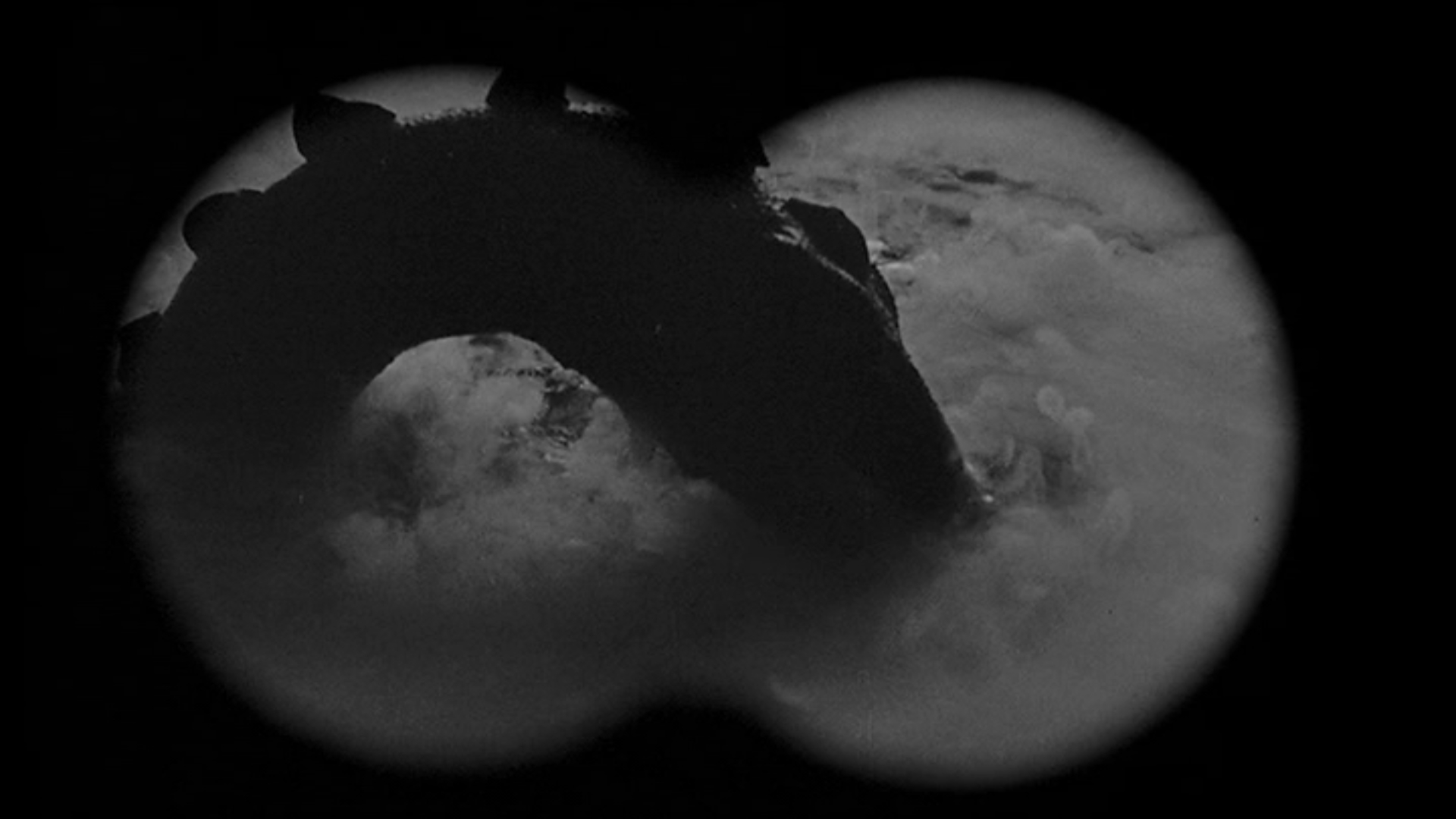
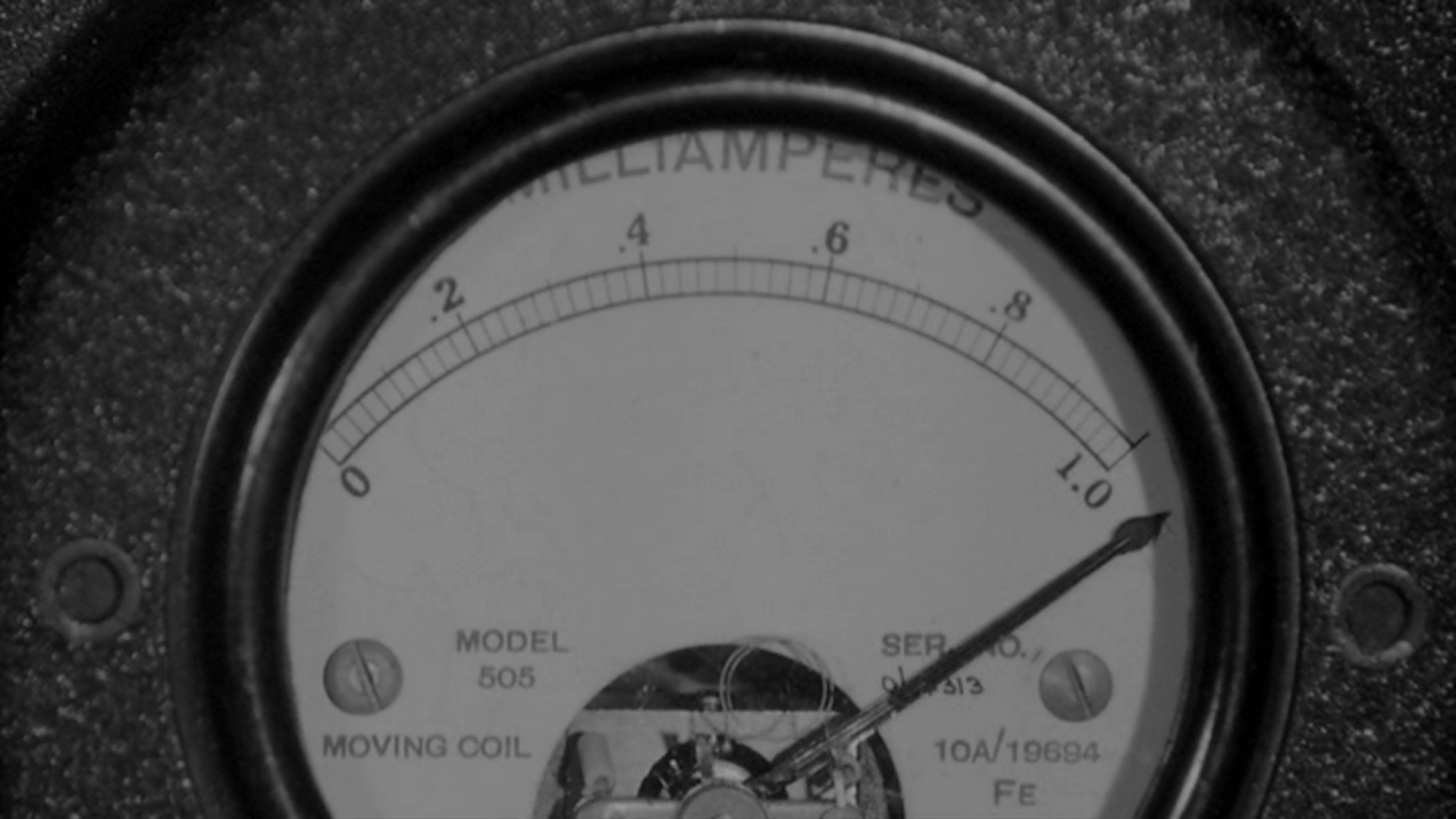
Giant Behemoth works a little more on the Roger Corman “Don't show the monster” than previous giant monster films. In part, I suspect because of the limited funds available for the production. Our first good look at the monster is fifty minutes in, as it capsizes a ferry. But this is an immobile puppet which can't even move it's mouth. And that's all we see of the monster until an hour in. The stop-moton Behemoth is much more impressive than the puppet, because of the expressiveness of the O'Brien and Pete Peterson model. The rampage is also on a budget, and so only lasts some ten minutes. This makes me realize that part of the genius of Godzilla is that the rampage falls in the middle of the film, which allows Ishiro Honda to show us the aftermath.
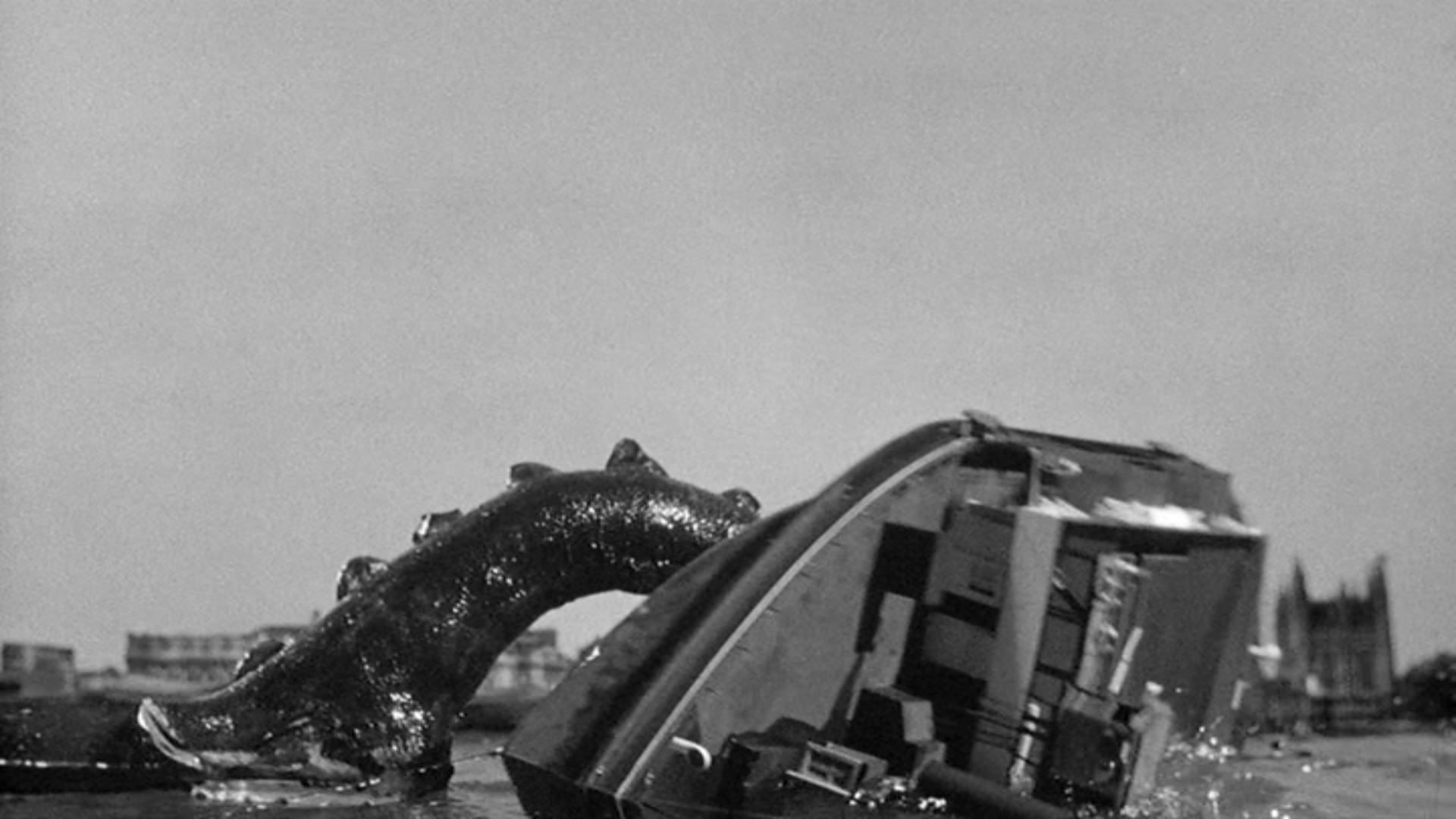
Which is not to say Giant Behemoth is a light film. Lourié takes several opportunities to show people dying, something that becomes increasingly rare in kaiju films. The fisherman is shown with horrific radiation burns. The ferry goes down, and people are shown waving their hands and going beneath the water. The last shot is a man floating face-up, radiation burns clearly showing. During its rampage, the Behemoth uses its radiation to kill fleeing civilians as well as destroying a machine gun crew. These moments of horror remind us that this is not just a fantasy film, but has roots in horror. Scenes like this become more rare as kaiju films become more and more child oriented.
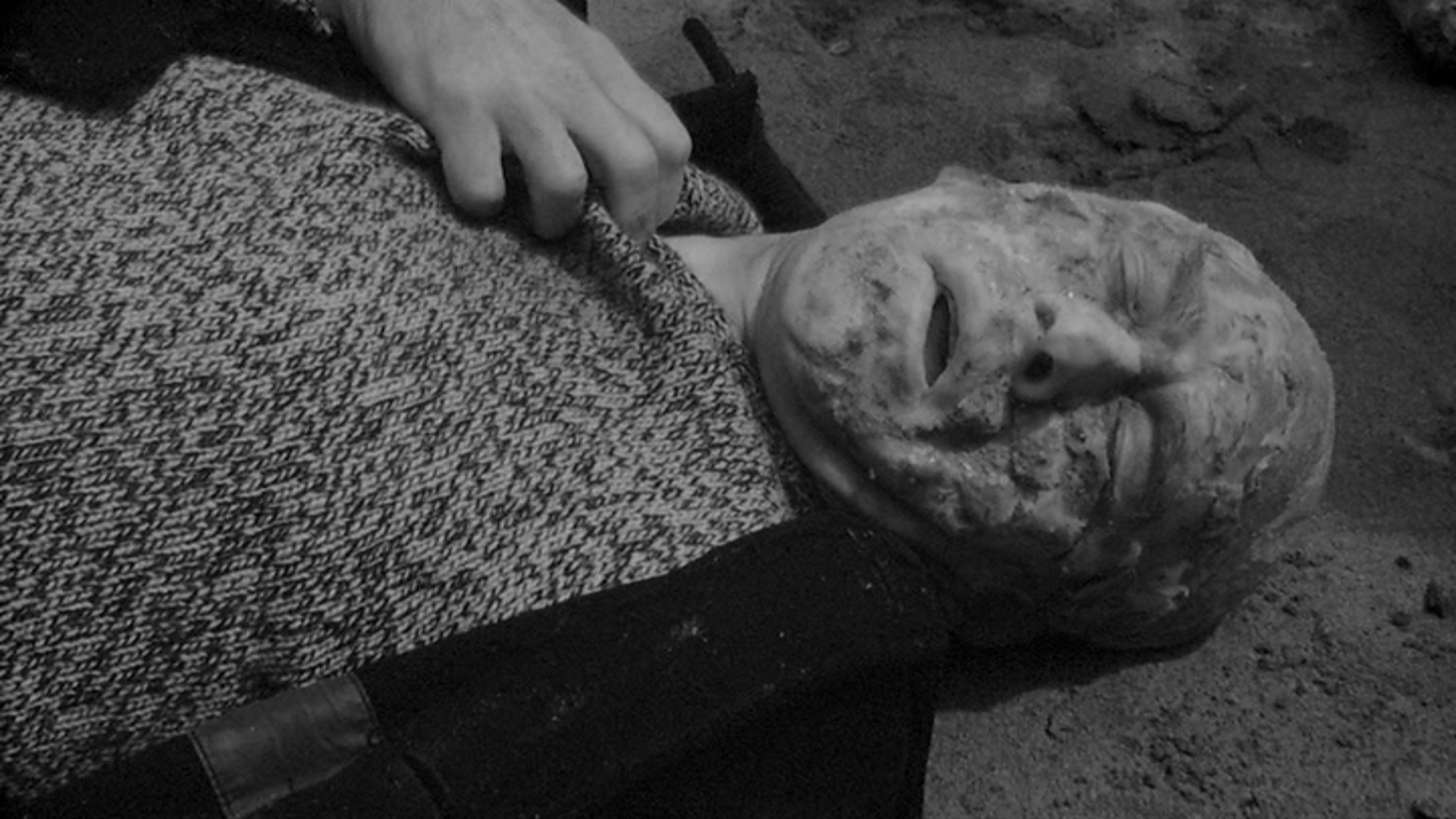
Similarities to Beast from 20,000 Fathoms are frequent, and if Internet rumors are true, intentional. Behemoth, the Sea Monster (the original title) starts with stock footage of a nuclear detonation. The expert immediately assumed the giant monster is from the Pacific, and then says that "they" always make for freshwater rivers to die, a gentle reference to the Beast. And it's quite clear that the frst person to run into kaiju are the fishermen. We've seen this in Beast From 20,000 Fathoms, Godzilla and Pacific Rim; the fishermen serve as the canaries for the terrors that come from the sea. Lourié also plays with the sketches of the Behemoth, as he did in Beast. The 'best guess' of the illustrator is very much like the Beast. Also similar to the previous film, the Behemoth is to be destroyed by an injection of radioactive material, in this case Radium delivered by torpedo. Like Godzilla, it breaks the surface one last time before sinking back into the depths.
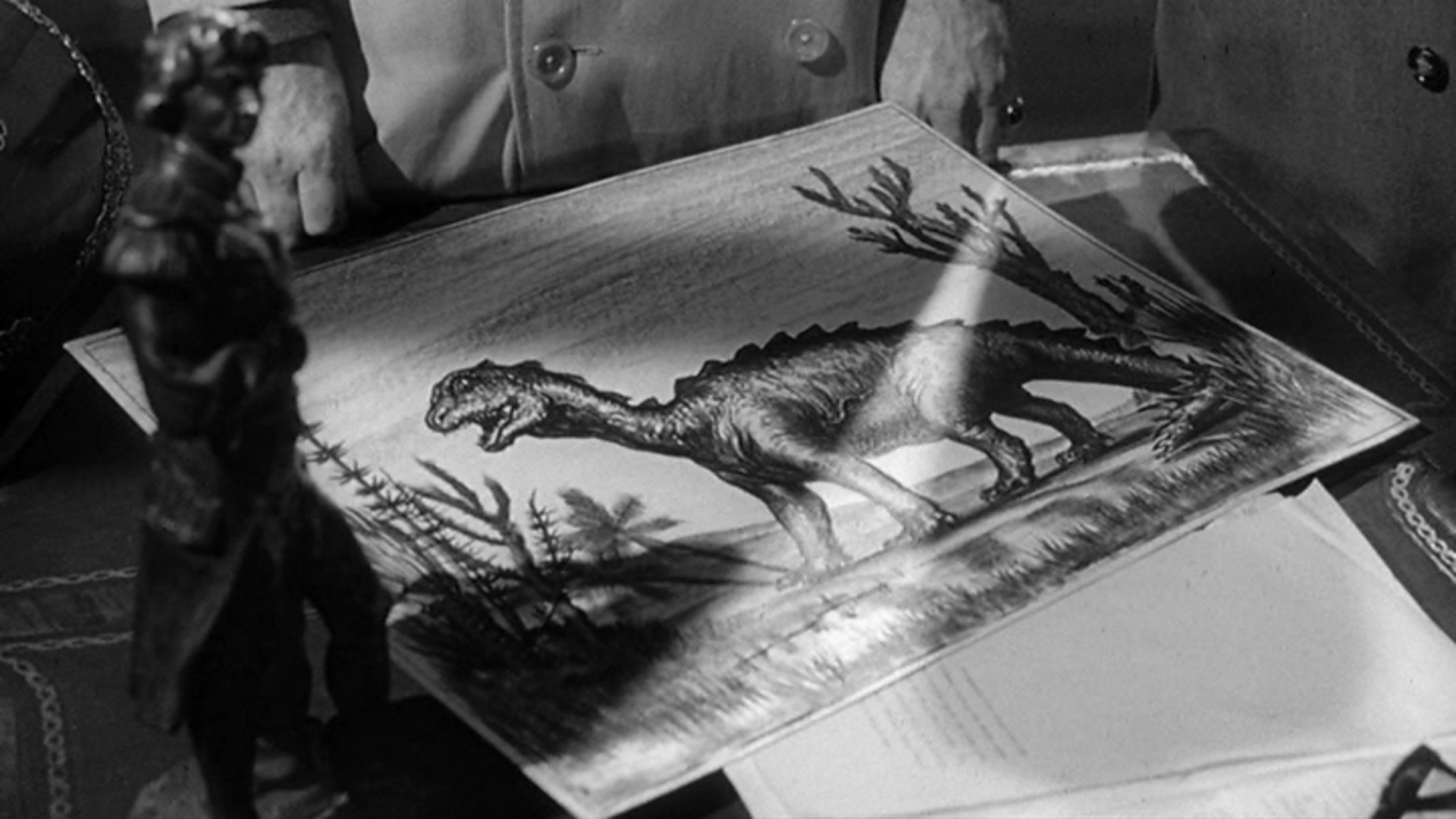
Giant Behemoth is not a strict remake. For example, Jack MacGowan as Professor Samson is about as far as you could get from tweedy Professor Elson in Beast from 20,000 Fathoms. Samson is young, nerdy and somewhat manic, excited by the possibility of a living dinosaur. He plays the Dr. Yamane role well, disappointed when it's clear the monster must be killed. He shares Dr. Elson's fate, destroyed by the monster he searches for.
There are nods to other films. We get the footprint trope, and the Behemoth crashes through a bridge, although not Tower Bridge, as the brontosaur does in The Lost World. Gorgo, next in Lourié's trilogy, would demolish Tower Bridge.
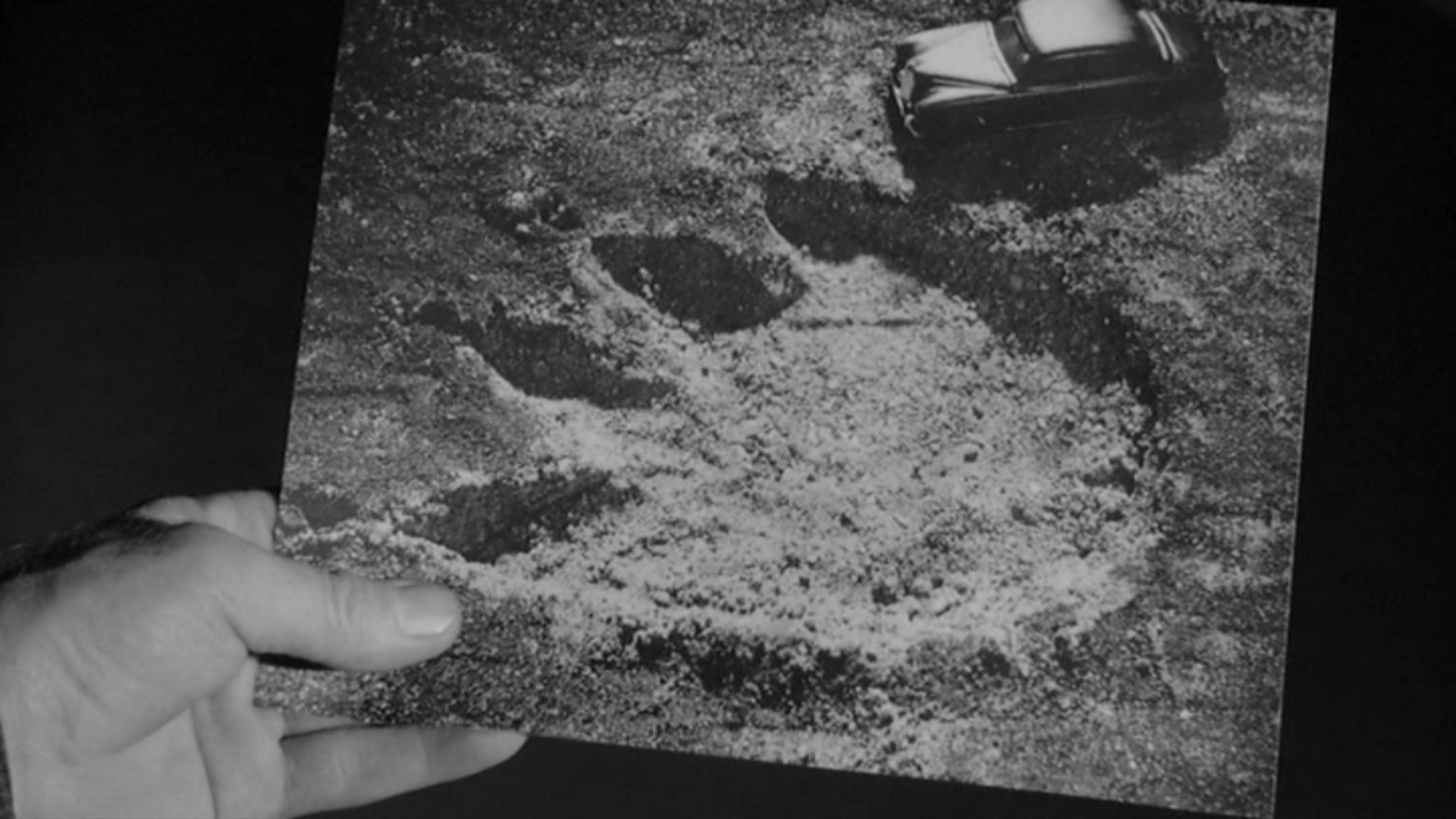
This film is the last that will use stop-motion animatiopn to portray its monster. For whatever reason, stop motion fell out of favor for monster films, perhaps because of the perceived cost, or the time involved. Virtually every film after this will be suitimation, and there is a brief, unsuccessful flirtation with marionettes. With the exception of the Gamera franchise, this will be the last quadruped monster to thunders across the screen until the era of CG. Ironic, since stop-motion's greatest triumph was the human-like Kong.
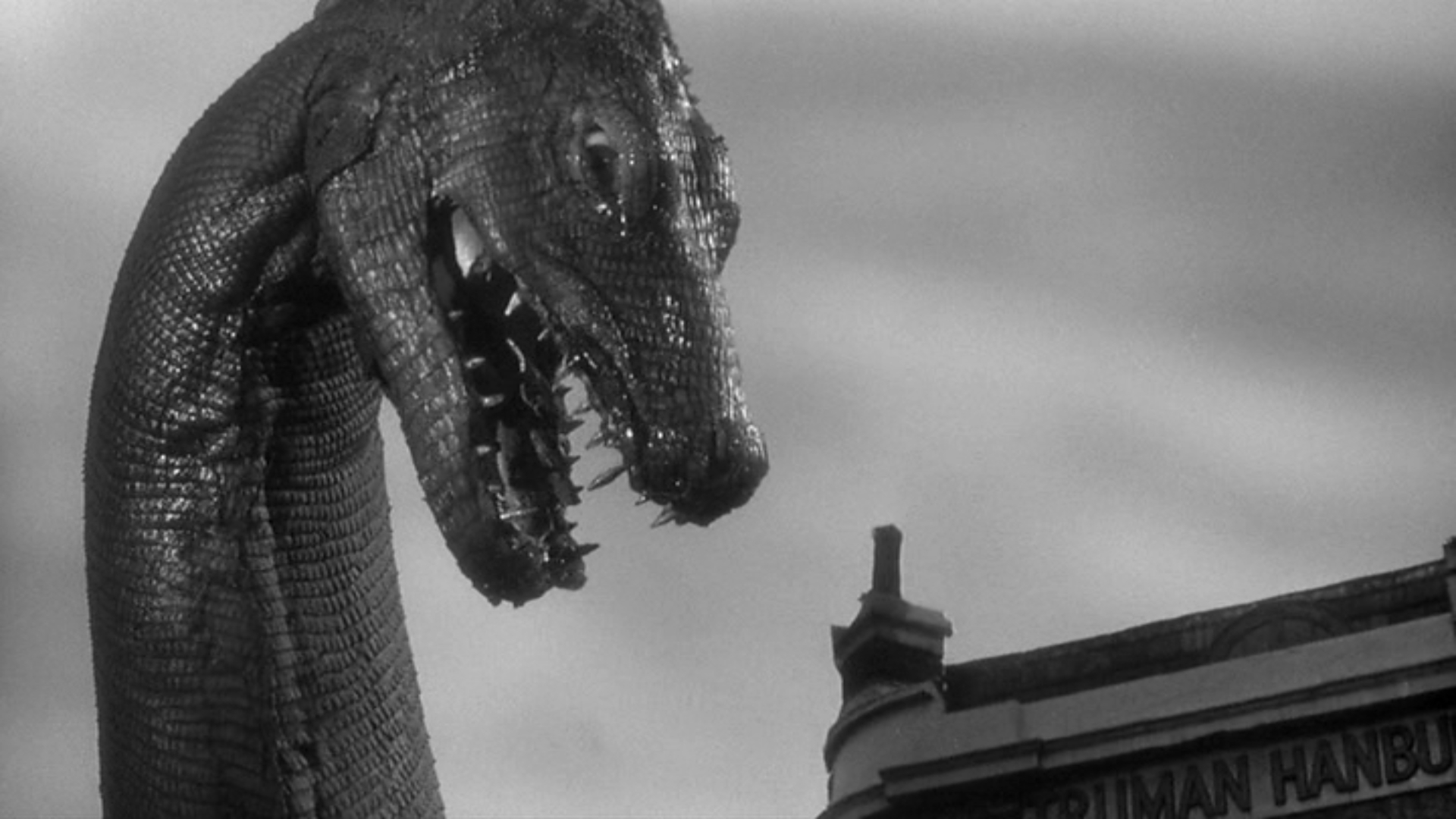
Ultimatly, Giant Behemoth isn't all that fascinating. It suffers in comparison, both in action and in the presentation of the titular beast, to Beast from 20,000 Fathoms. Behemoth is in essence a remake with less money and attention to detail. The model is less convincing, and we are much less sympathetic because Behemoth's character is less well-defined than either the Beast ro Godzilla.
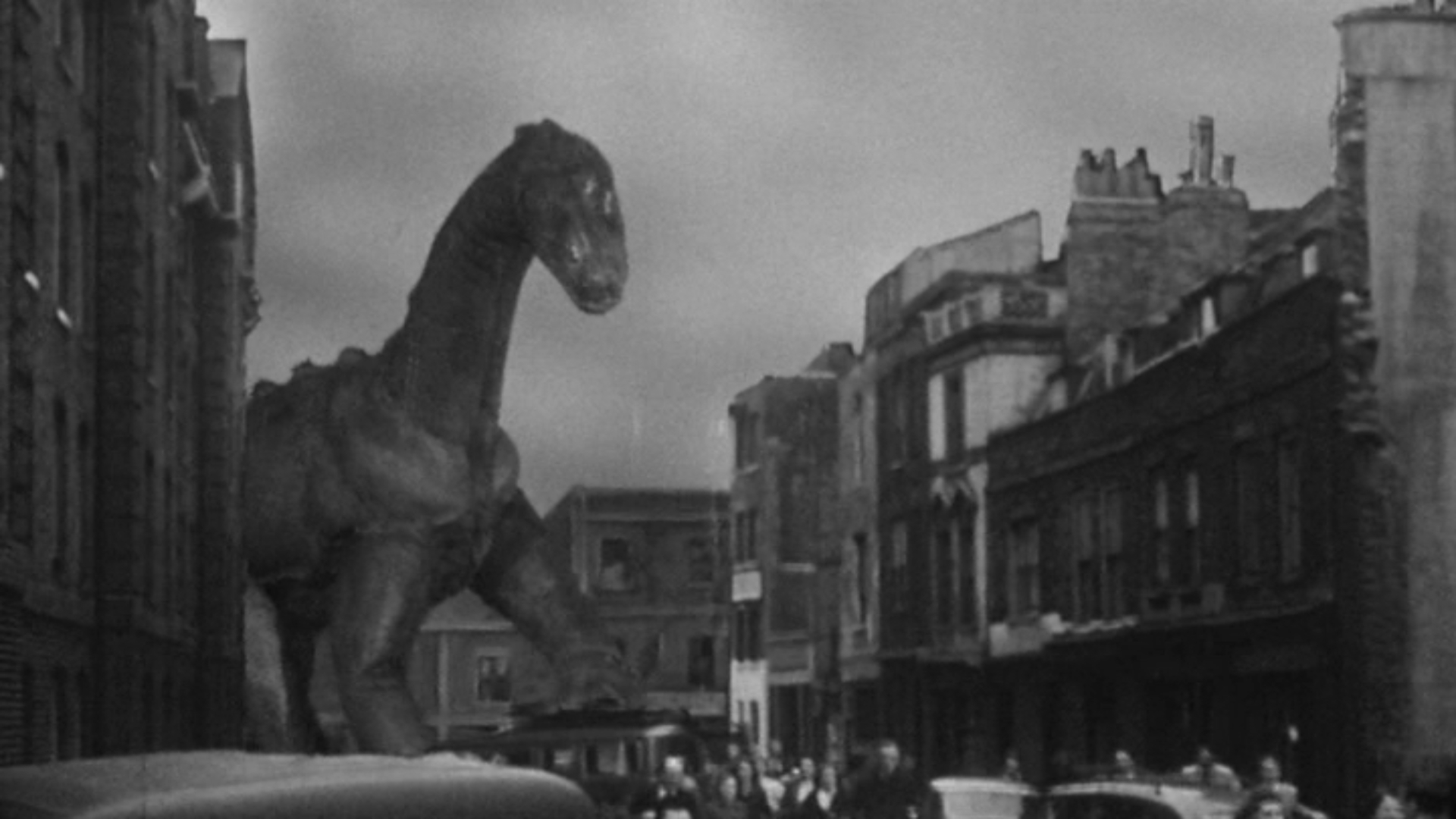
Our next film is Lourié's final film as director, but the pinnacle of his giant monster trilogy. And our very first color film.
No comments:
Post a Comment